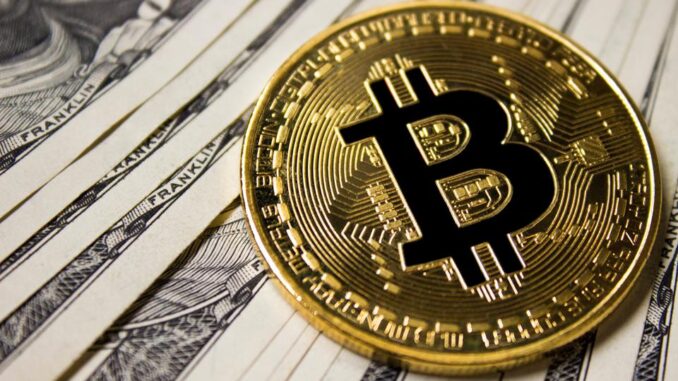
Bitcoin has had a banner start to the year.Less than 2 months after breaking the $20k barrier for the first time, the digital currency more than doubled in price, hitting a high of $49,344 this week.
Every time bitcoin is proclaimed to be dead, it seems to surge back, buoyed by bullish investors, favorable legislation, and tech titans’ tweets.At this point, nearly everyone has heard of bitcoin. But many folks still don’t quite understand how the currency is created.
It’s not printed like cash. It’s not a physical object like a gold bar. It’s not stored on a piece of plastic like a debit card. It just exists somewhere in a vast digital expanse until it’s excavated into circulation by a so-called bitcoin miner.
We will tell you these things
- How bitcoin is created (a process called mining)
- How the economics of mining have changed over time
- The effects this process has on power consumption
The digital miner
To help explain all of this, we’d like to introduce you to a man named Willy “Wild Eyes” Tibbs.
Wild Eyes made a fortune in the California Gold Rush in 1849. Now — 170 years later — he’s back from the grave for his next prospecting adventure.
Wild Eyes has heard that there are riches to be made in mining a newfangled digital resource called bitcoin.
As he sees it, bitcoin shares a few similarities with gold:
- There’s a finite supply: As dictated by bitcoin’s creator, there can only ever be 21m total coins.
- They must be mined: The only way to release new bitcoin into circulation is through the efforts of digital excavators.
Wild Eyes digs a little deeper and finds out that bitcoin was created in the wake of the financial crisis in 2008 by an elusive pioneer (or group of pioneers) under the alias of Satoshi Nakamoto.
Nakamoto’s mission was to create a decentralized currency system that wasn’t beholden to middlemen. Among it’s touted benefits:
- It’s democratic: Unlike paper money, where a single central authority like a bank manages a record of all transactions, bitcoin is minted, circulated, and audited by thousands of users.
- It’s harder to manipulate: Government agencies can’t intercede by doing things like increasing volume or fiddling with interest rates.
- It’s global: Someone in Tennessee can instantaneously trade bitcoin with someone across the globe in Tokyo at a low cost.
The backbone of this concept is a distributed network called the blockchain, where a record of all bitcoin transactions is stored.
Now, for an old-school argonaut like Wild Eyes, this is a tad complicated.
To help him out, let’s step back a bit and briefly explain the blockchain using something he can understand: a choo-choo train.
Imagine that the blockchain is a loooong train — a blocktrain, if you will.
This train contains a public record of all bitcoin transactions. Each time a trade is made through a cryptocurrency platform like Coinbase, the details of the transaction are coded and broadcast, along with other transactions, to a vast network of users called bitcoin miners.
From there, the following process unfolds:
- Miners compete to add the next car to the train by bundling up a bunch of transactions into “blocks.”
- Miners solve a computational problem (called “proof of work”) that assigns the block an identifying code (a hash).
- The “winning” block is distributed to, and verified by, all the other miners in the network and is added to the blockchain.
Only one car can be added to the train at any given time, and each one takes ~10 minutes on average to verify and attach.
